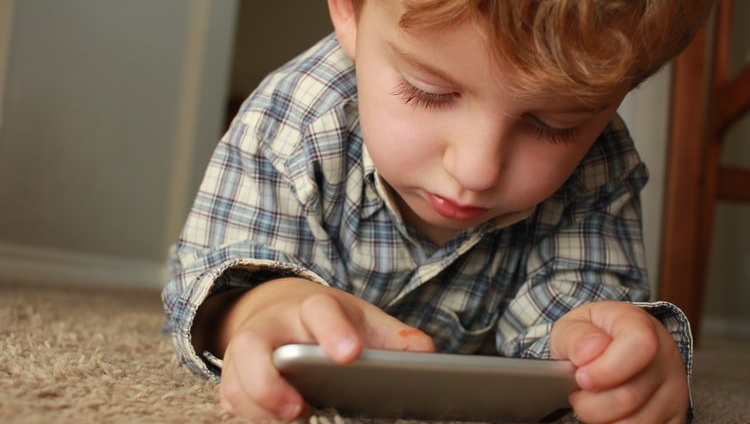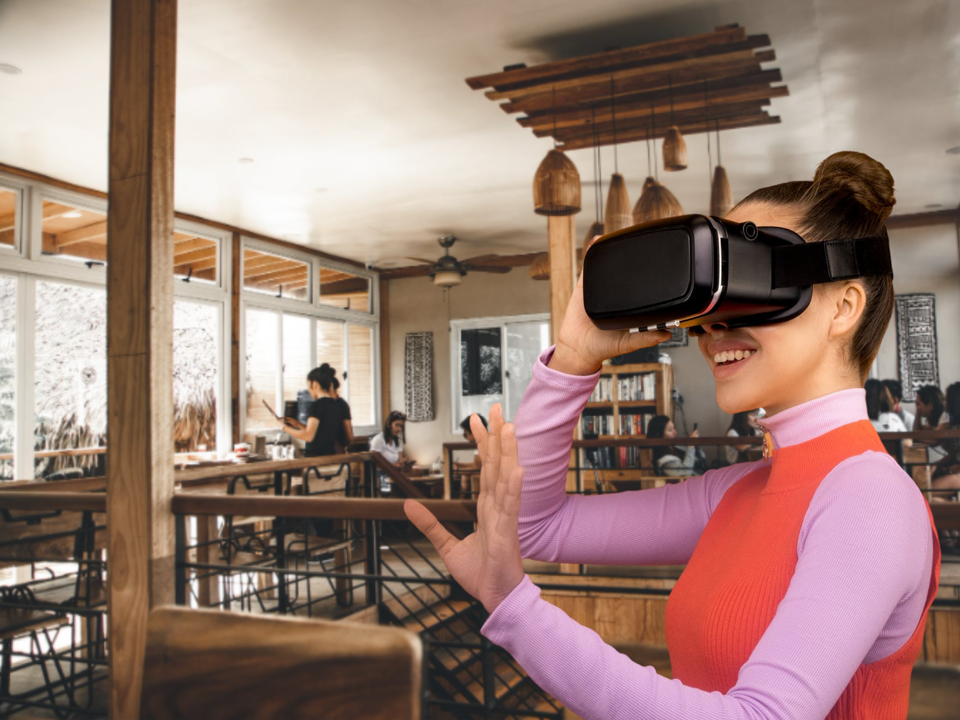How the COVID-19 Pandemic has Brought the Future of Architecture Forward
June 10, 2020
In response to the COVID-19 pandemic, businesses are having to adapt quickly. Architecture is no exception.

Lockdown has brought the digital future into the now. Online shopping, entertainment, education and more have moved from the periphery to the mainstream to, in many cases, the only option. With the necessity of social distancing looking to continue for many months, it appears that this rapid digital revolution is here to stay. This means that life as we know it, in most of its sectors, has changed forever. In order to survive, businesses are having to adapt rapidly, embrace technology and look to the future. Architecture is no exception.
There has been a widespread adoption of technology and VR over the past few months in response to the lockdown across all of society. Elderly grandparents who were once resistant to adopt new technologies talk of “Zooming” and have started video chatting with their family members to combat loneliness.
Art galleries that were once considered stuffy or pretentious are now pioneers in VR technology, with Google Art & Culture offering tours of London’s National Gallery or the Musee D’Orsay in Paris. These virtual tours deliver art in a dynamic new way that can be far more engaging than regular photos. Critics have applauded the panoramic and immersive views of gallery building and exhibitions which work well for rendering of 2 dimensional art, however impressions of sculpture is somewhat lacklustre. With VR technology, users can enjoy a truly immersive experience in the comforts, and safety, of their own home. The COVID-19 pandemic has served as an accelerant for the arts and entertainment industries to embrace VR.
The ability to construct highly-detailed, virtual spaces offers many opportunities to the architecture industry. VR affords architects the opportunity to showcase designs to clients before its construction has even started. For many of us, imagining what designs will look like from two-dimensional floor plans or even 3-dimensional models can be challenging. Advancements in VR allow clients to explore designs in a more natural and human way to better gain a sense of spatial awareness. VR can simulate the true interactions between natural light and objects- walking through spaces, you can see how light interacts with and complements the furniture and interiors. This experience can instill clients with a sense of ownership in the design process, allowing them to more confidently make decisions and make any necessary adjustments before work has even started. It reduces the risk of disappointment as the gap between designs and reality is narrowed.
VR and architecture offer other valuable opportunities for architects. The future of VR goes far beyond its use as an elevated presentation tool. VR will become integral to the design process, with the ability to make changes on the spot. In the future, clients will be able to interact fully with the space, engage with the design and have it respond back- imagine being able to open a cupboard door or draw the curtains in a design.
In a not distant future, virtual walkthroughs will allow architects to experience the design of a building and make modifications from within the 3d environment. Collaboration and integration with BIM technologies will only make these tools more effective and are well suited for the socially distanced age we are living in now.
Throughout history, pandemics have been pivotal in driving large social and technical progress and it’s short period of influence COVID-19 has acted as a catalyst for the widespread adoption of new technologies, including online communication and VR. This opens up a world of opportunity for architects that will change the way architects design, collaborate and communicate with clients forever.
Articles

The United Nations has described the disruption to education caused by the pandemic as ‘unparalleled’. At the virus’ worldwide peak in April, it is estimated that over 90% of all enrolled learners, from kindergarten to bachelors and beyond, had their education affected by school closures and the pandemic (UNESCO). For many university students and older children, they have had to adapt quickly to online learning. They can keep in touch with their peers and teachers online and continue their studies, albeit in a highly modified way. As challenging as this may be, this experience will help equip them for a future that is increasingly online. For parents of younger children, they are assuming a new role: their child’s home school teacher. This is in addition to their usual childcare and household duties, their work responsibilities and often emotional and financial worries caused by the pandemic. Stressful? Yes. The good, and somewhat surprising, news? The experts advise that you don’t teach your children - at least not in the way you might expect.

If the recent outbreak of Covid-19 has taught us anything, it's that many adults do not wash their hands effectively. It has never been more important that we support our children to develop good personal hygiene to keep themselves and our families safe. This seemingly easy task can be very difficult for children with fine motor skill difficulties. In this article, we explore some ideas to support your child with hand washing.

With schools in around 190 countries across the world closing in response to the COVID-19 pandemic, many parents are facing a formidable challenge: keeping their children occupied and developing at home. Overnight, students have had to adapt to new routines and parents have taken on new responsibilities as teacher and carer, often all while juggling their own work commitments or financial worries. Adults and children alike are turning to their screens for a sense of normality, a way to pass the time and to work and study. For parents, giving a child a screen is sure to keep them from bouncing off walls for at least a few hours, providing some much needed respite from 24/7 childcare duties. But many parents are feeling guilty and concerned about the amount of time their children are spending on devices. How much is too much? The WHO recommends that children under the age of 2 should have no passive screen time whatsoever as excessive use has been linked to language processing delays. Older children, around 2-5 years of age, should be limited to around 1 hour each day. There is no such guidance for older children but excessive screen time is often linked with poor quality of sleep, eye strain and inactivity and weight gain. While all of this is true, never during these studies did a global pandemic come into the equation.






